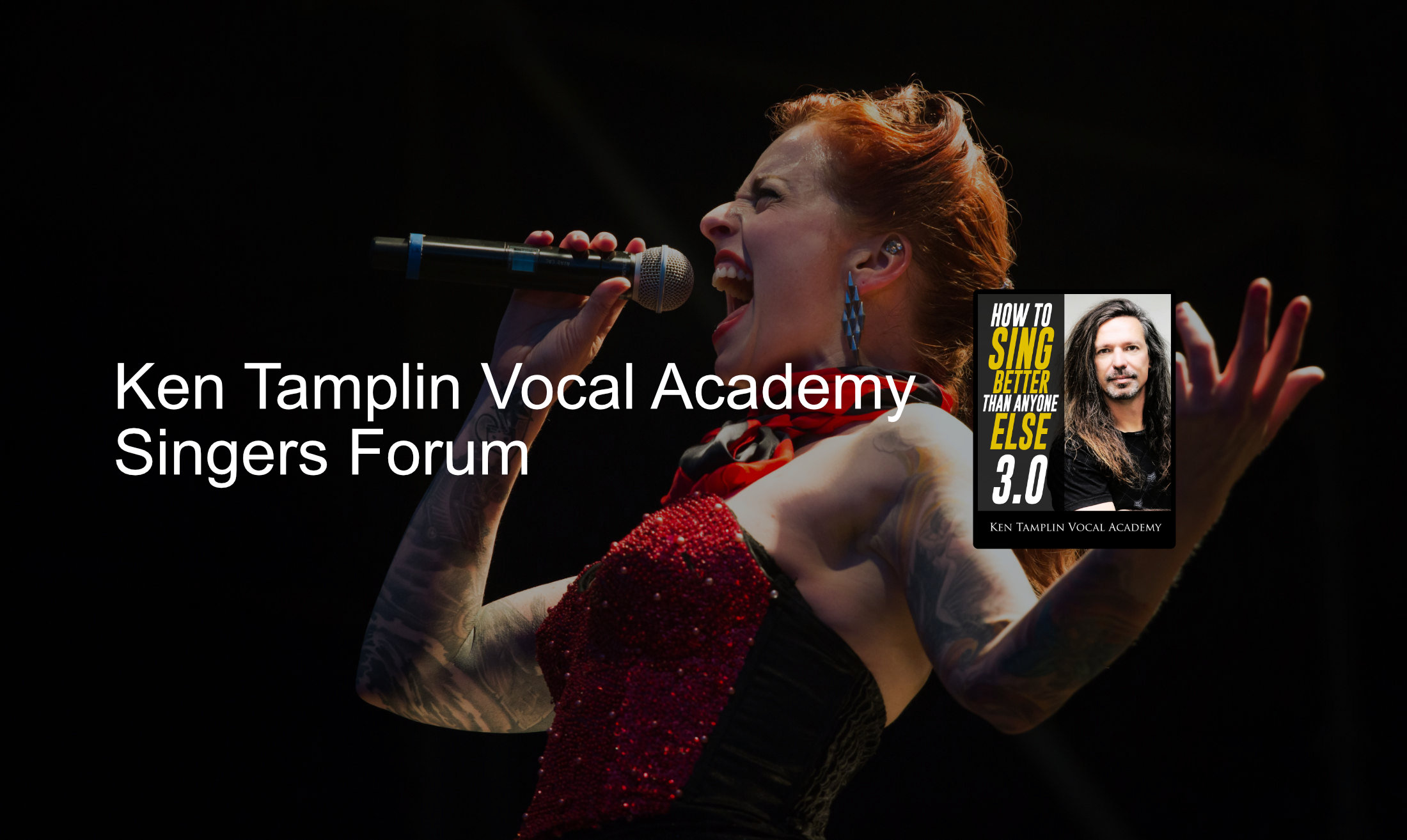Body parts
 jimmygneccofan
Member Posts: 25
jimmygneccofan
Member Posts: 25
Hi guys! I've got a quick question: When you're practicing your "lah & lay" vowels and generally building your higher mix/head voice, what exactly is building/getting stronger? What part of your body (besides your diaphragm) is making those higher notes resemble your chest voice sound? Thanks.


Comments
Good cord closure, using a bright timbral sound, and focused breath support will make a huge difference in the sound. There isn't just one part of your body that does this. It is, in many ways, your entire body, but does include the muscles of the larynx, the entire abdominal and chest structure, and the ability to relax, rather than tension most of these structures.
If you do start the course, you will learn a ton about these things. And yes, there are entire sections of the student areas of the forums that are loaded with info on all of these topics and more.
Now...I understand in practice how this works but the physicality is still a mystery to me. Obviously, you aren't actually "fusing" muscles together like melted metal?? You're just controlling these muscles more competently, am I correct??
"Blend" is another figure of speech applicable to this process of smoothly transitioning from the CT process to the CA and back, but we don't normally try to impress one another with the technical jargon we may know about the vocal apparatus. We just help one another learn to actually use the voice more efficiently.
All the Best!
Bob